What are the needs and opportunities to engage youth in agricultural development during the second phase of CGIAR Research Programs (CRPs)?
That’s the question representatives of CRPs and CG partner organizations, including the CGIAR Research Program on Water, Land and Ecosystems (WLE) and the International Water Management Institute (IWMI), recently met to discuss.

The meeting participants acknowledged that integrating youth in CGIAR research is important and emphasized the need to integrate youth research theoretically and conceptually into the proposals for the second phase of CRPs. But two questions stand out: WHY and HOW should we engage youth in agriculture?
While there is currently a lack of data and understanding of rural youth, rural out-migration and high unemployment rates of youth in South Asia and sub-Saharan Africa indicate structural constraints for youth to engage in agriculture. What we need to understand is how different groups of youth are linked to agriculture and what facilitates such linkages, e.g., through institutional analysis. That’s why I argue for a context-specific, relational, processual and structural approach to research on youth in agriculture.
Why do we need research on youth in agriculture and natural resource management?
There is too little knowledge about youth in agriculture to support an answer with evidence. We can stress youth agility, sustainability and numbers on youth (e.g., 330 million young Africans will enter the job market by 2025) – but further analysis is difficult because we don’t have enough data on the complex relationship between youth and agriculture in particular contexts.
For further reading on young people and agriculture in Africa
One entry point could be to address the structural constraints (and opportunities) that prevent different groups of youth who choose to become farmers from sustainably investing in agriculture. Rather than trying to ‘instrumentalize’ youth, e.g., use youth “to improve agricultural productivity,” research should contribute by offering opportunities for how youth can benefit from agriculture– and ideally transform their relations with natural resources.
Research on youth is important for sustainable agricultural development specialists to understand shifts in intergenerational relations and to develop solutions for age-specific conditions and incentives in natural resource management.
A deeper understanding of youth incentives may also help organizations improve how they motivate changes in agricultural practices and sustainability. Young people are generally more receptive to change than older generations who have been used to following certain patterns in their practices their entire lives.
Arguments for prioritizing research on youth and agriculture also include the following:
- Research can identify how socially, economically and environmentally different contexts affect different groups of youth in agriculture.
- Research can provide knowledge outputs on – and with! – youth in agriculture that can advice policy makers and stakeholders on how to offer opportunities for age-sensitive agricultural practices and beyond. For example, research can highlight innovations that can provide incentives for youth to reinvest in agriculture and alleviate high unemployment rates among rural youth.
- Research can propose age-sensitive methodologies for awareness raising, capacity building and decision-making processes, which is crucial for a socially inclusive and sustainable adoption of new technologies and access to markets.
How can we research youth in agriculture and natural resource management?
Like research on any particular social group, research on youth in agriculture needs to be framed broadly by conducting institutional analysis on structural constraints in accessing natural resources. To do this, we can draw from a variety of concepts relevant in development studies, such as the empowerment or capabilities debates.

Learning from gender research
Collecting gender-disaggregated data is nearly self-evident to any kind of research project by now, but it is equally important to disaggregate data by age groups. And this is not the only way in which we should follow in the footsteps of gender research:
As the gender debate has moved from a women-centered to a relational gender approach, the youth debate can learn from these insights. Possible foci are to analyze the influence of intra-household relationships within different age groups on age-related behavior, interests, power relations, opportunities and risks for farming. This again needs to be reflected against other social axes such as ethnicity, gender, economic groups, etc. We can learn from the gender literature on intersectionality, and this is the greatest challenge: to uncover assumptions and narratives on “youth” (as had to be done on “women”), and examine perceptions and choices of different groups of youth (age, gender, caste, income, etc.) in particular settings, and social relations influencing these.
Analyzing contents and methods in capacity development programs, textbooks and curricula
A further need is the systematic study of contents and methods in implementing programs as well as school and university textbooks and curricula. This will help understand the conditions for successful learning for particular contexts and groups. Evaluation of such programs should go beyond the numbers of jobs produced and courses attended by youth, but focus on whether policies and implemented programs can influence youths’ knowledge and actions.
Thematically, the CGIAR Research Program on Water, Land and Ecosystems should build on its context-specific approach and focus on youth-specific dynamics within both Asia and Africa. We should embrace a broad perspective and understand institutional issues preventing youth from investing and benefiting in water, land and ecosystems.
Strategically, we should engage with youth both as research subjects and as partners: We should proactively include young researchers, youth organizations, schools, universities and young farmers to frame issues and to develop approaches for solutions.
Practically, reaching out to youth in communities is the greatest challenge. The good news is that a great number of our projects as well as NGOs and platforms already have youth networks available and extensive experience in working with youth (SNV, CTA, GYIN, YPARD, etc.). Our job as researchers is to analyze this knowledge on the ground, point out gaps, and act by engaging with sectors that can offer youth more opportunities to succeed in agriculture.
For further information, view the WLE youth flyer (PDF below) and the introductory presentation from the CGIAR youth workshop by Bruno Losch (CIRAD) and Karen Brooks (PIM-IFPRI).



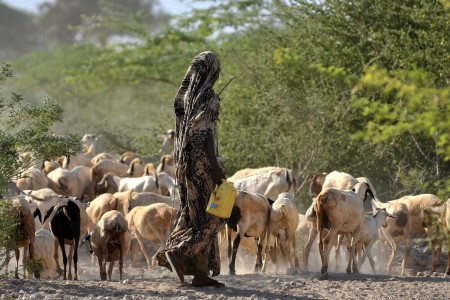



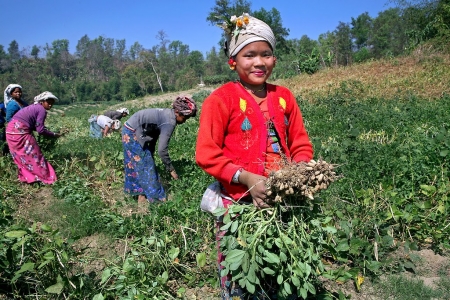



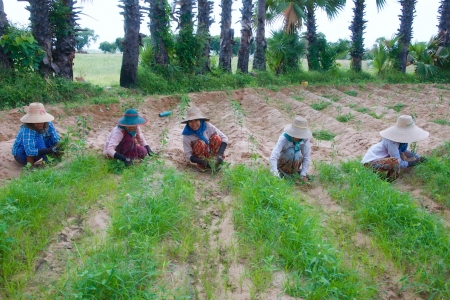
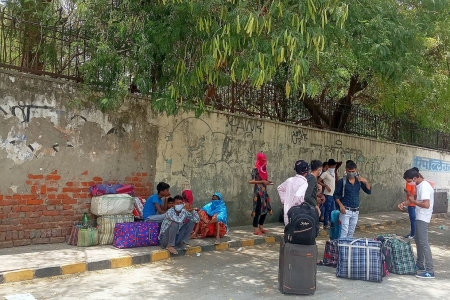




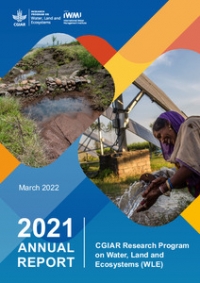
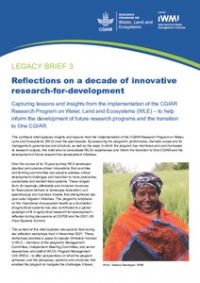
Comments
The bilateral development by international agencies and private developers should be considered as the first choice when a initial feasibility is suggested or recommended for a country or region of the third world to further expand the already existing base of existing indigenous historical development in progress in such countries or developing areas...
It should be a carefully consideration to integrate not only the available adult resources to be employed but also include one of the most important and many times overseen integration of the youths proper training to excel in their futures desperately needed expertise and jobs created opportunities...
Their training should definitely be not only theoretically but more importantly practical in nature to include a new work force and to eventually develop a expansionary brand new vision for them to expand and integrate in to advanced agricultural research needed for more advanced agricultural jobs or even as new land developers employing their newly found expertise and applications developing higher yielding crops and a better sustainable agriculture...
Other branches related could be in the areas of improved better methodologies used such as: using wise water conservationist practices and/or prohibiting the uses of other diminishing resources or prohibitionist practices especially the indiscriminate use of industries causing a indirect detrimental impact on already limited resources do to the indiscriminate use of land for expansionary purposes in anything other than for food production such as for example : Drugs used like Kata edulis or (Kat) a drug used extensively as a stimulant in North Africa "Yemen" which then further does reduce agricultural growth areas available for crops to feed a hungry population...
Therefore the integration of youth in to a progressive development of agricultural sound practices which inhibits the needless reduction of such important expandable areas to feed the hungry can not be emphasized enough but should be a important consideration as a number one integration in to any agricultural development...
Our youth should learn as early as possible the importance of why such adverse practices as mentioned above can change limitations to agricultural land uses by tribal or detrimental cultural laws etc. and should be the major goal in achieving a well thought of and balanced program of increased agricultural food production....
Thank you for pointing out the long-term vision of integrating youth in trainings and research by providing the example of kat in Yemen. It demonstrates how engaging youth into land conflicts as contested space for food security may facilitate sustainable solutions!
I like the focus on entry points for the youth I Agriculture. There needs to be a mind shift from you as a source of energy for tilling the land as it were to youth as a source of innovation for transforming the agriculture sector.
Whilst lessons can be learnt from gender research and other social research I am of the view that new paradigm on youth research in agriculture is required.
Embedded in the definition of youth is energy, curiosity, innovation, phase for self-discovery, desire to explore and change the world; capturing these in the deign and implementation of youth research and program is the key to unlocking and tapping into this vast resource (e.g. in Southern Africa youth make up approximately 65% of population).
Until the agriculture sector stops seeing youth as a group ONLY in need of help but as a partner for development they participation will be unidirectional i.e. recipients of programs carefully planned elsewhere with them (youth) as objects.
looking good